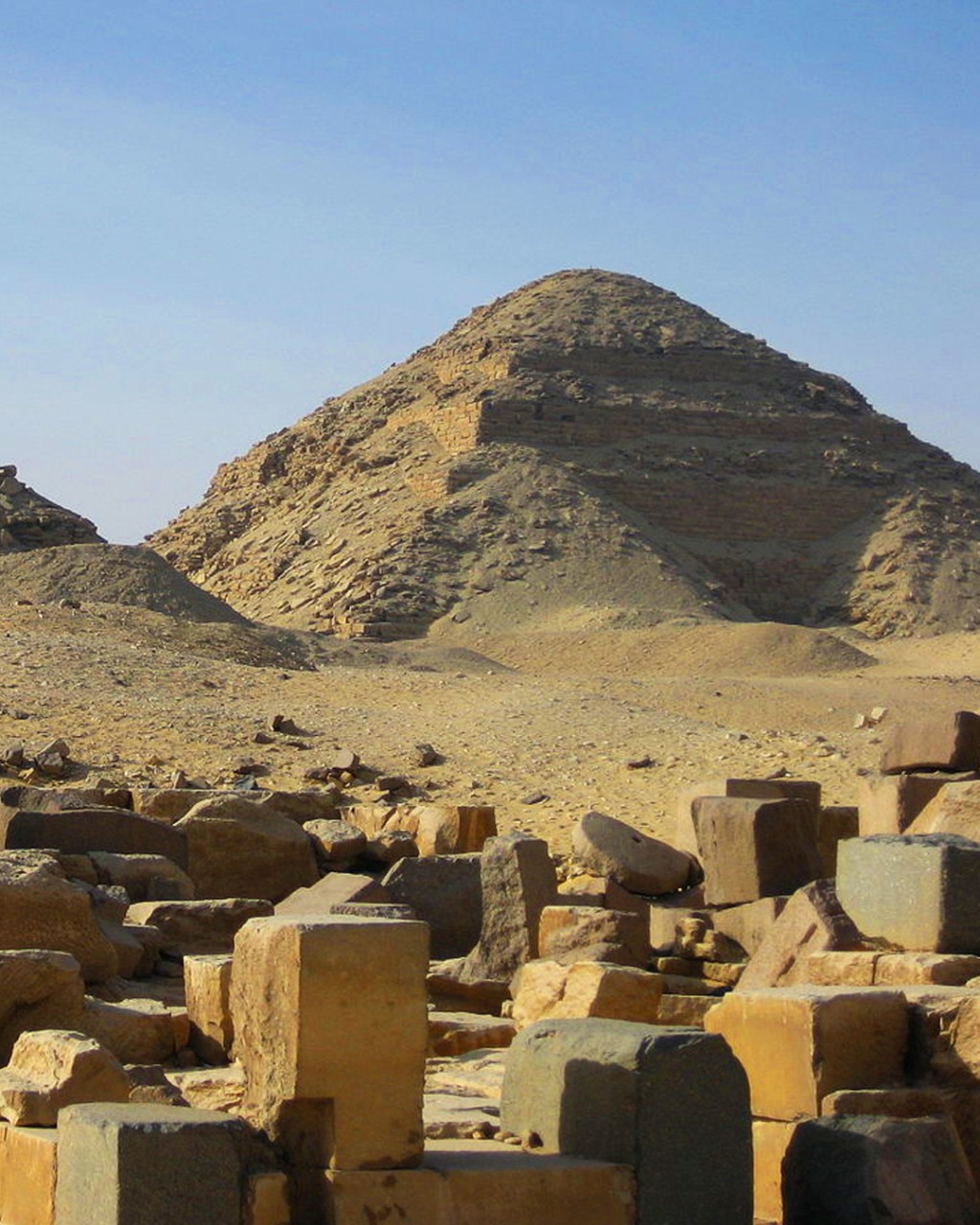The Pyramid of Neferirkare is a significant historical monument located in Egypt. Built during the 5th Dynasty of the Old Kingdom, it is the second-largest pyramid in the ancient site of Abusir, south of Cairo. The pyramid was initially designed as a step pyramid, which was then converted into a true pyramid. Its original height was around 72 meters. It was constructed for Pharaoh Neferirkare Kakai, the third king of the 5th Dynasty. The pyramid complex included a mortuary temple, a causeway, a valley temple, and multiple mastabas for the royal family and nobles.
Pyramids
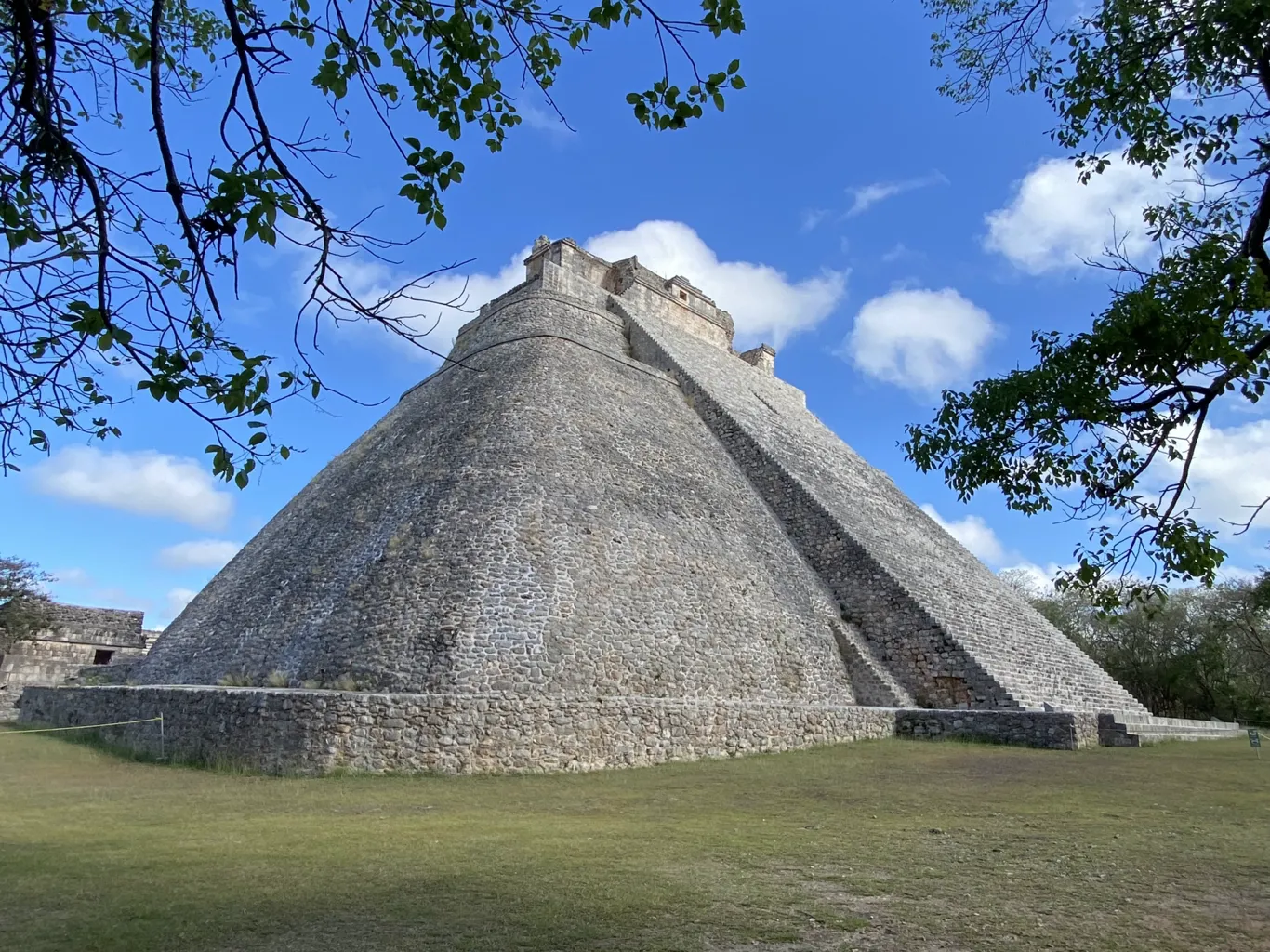
Pyramids are massive, triangular structures that were often used as tombs for rulers. The most famous pyramids are in Egypt, but they were also built in places like Central America. These monumental buildings demonstrate the engineering skills of ancient civilizations.
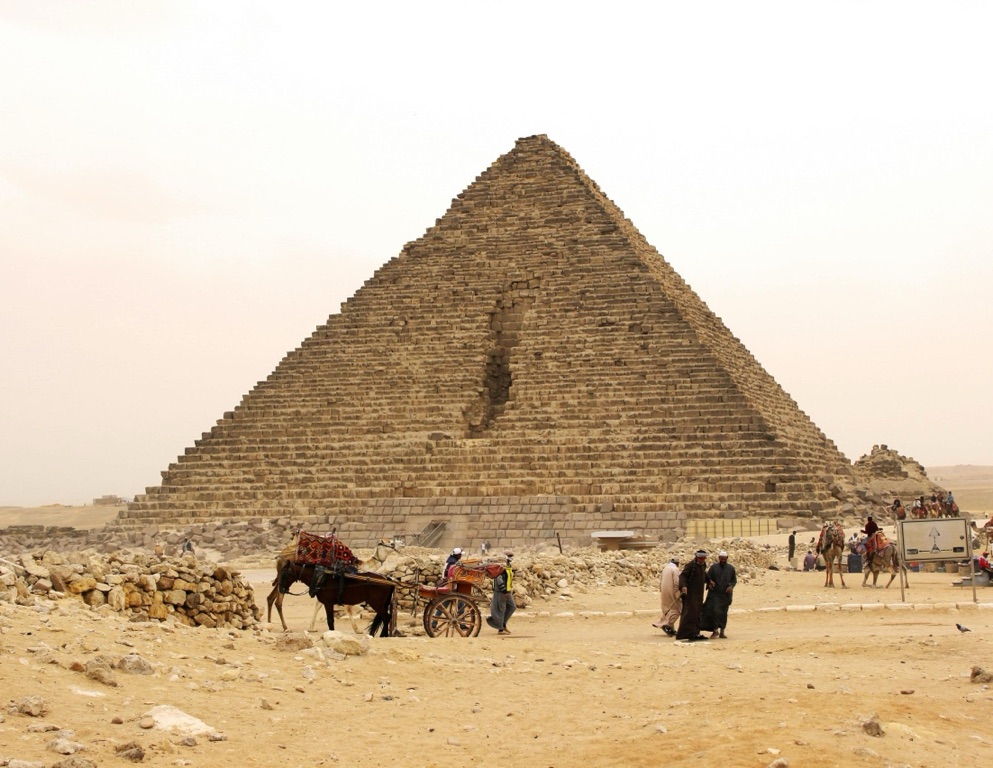
The Pyramid of Menkaure
The Pyramid of Menkaure is the smallest of the three main Pyramids of Giza, located on the outskirts of Cairo, Egypt. Built during the 26th century BC for the Pharaoh Menkaure, the sixth ruler of Egypt’s Fourth Dynasty, the pyramid is a testament to the architectural prowess and administrative skills of ancient Egyptians. It stands as a significant monument in Egyptian history, offering insights into the reign of Menkaure and the civilization he ruled.
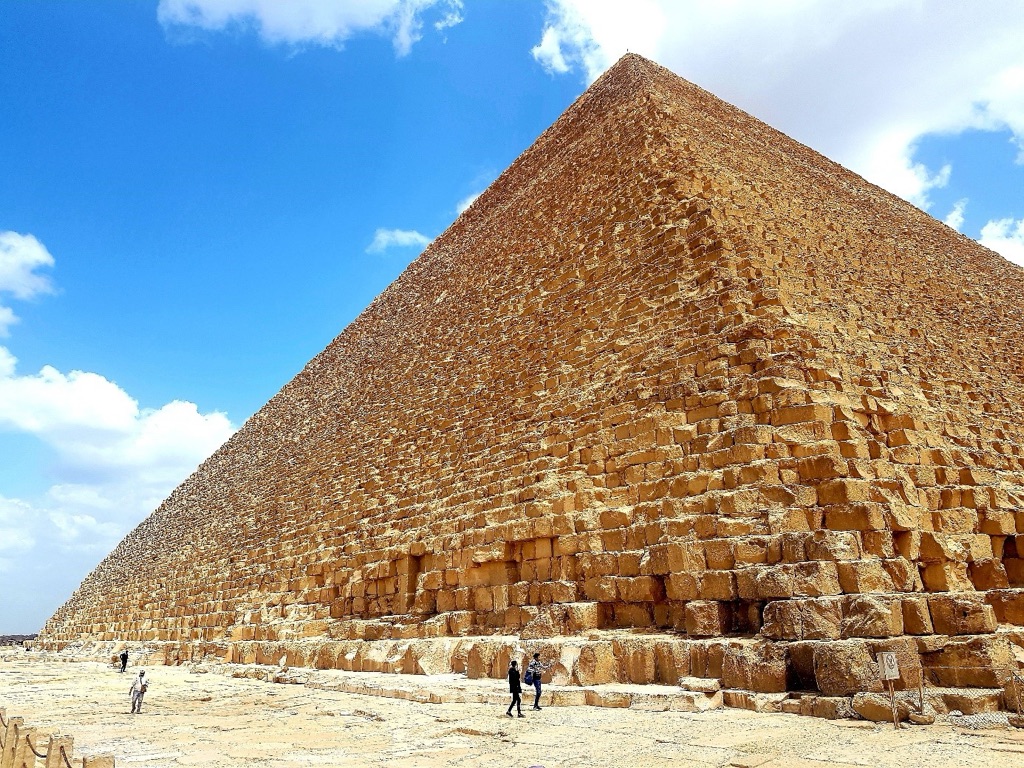
The Great Pyramid of Giza
The Great Pyramid of Giza, also known as the Pyramid of Khufu or the Pyramid of Cheops, is the oldest and largest of the three pyramids in the Giza pyramid complex bordering present-day Giza in Greater Cairo, Egypt. It is the oldest of the Seven Wonders of the Ancient World, and the only one to remain largely intact. Built as a tomb over a 10 to 20-year period concluding around 2560 BC, the Great Pyramid was the tallest man-made structure in the world for more than 3,800 years.
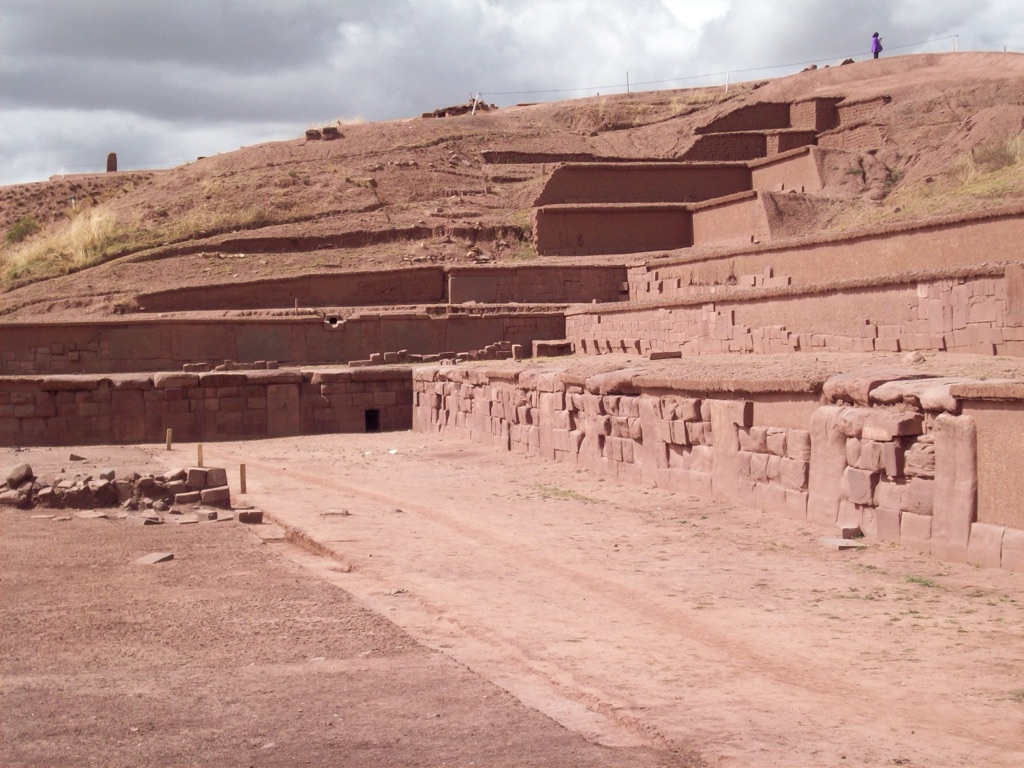
Akapana Pyramid
The Akapana Pyramid, located in the ancient city of Tiwanaku in Bolivia, is a remarkable testament to the architectural prowess and cultural richness of the pre-Incan Tiwanaku civilization. This seven-tiered platform pyramid, dating back to 500-900 AD, stands as one of the most significant archaeological sites in South America. Despite being partially destroyed due to looting and erosion, the pyramid’s remaining structure and the artifacts found within its complex offer invaluable insights into the civilization that once thrived in this region.
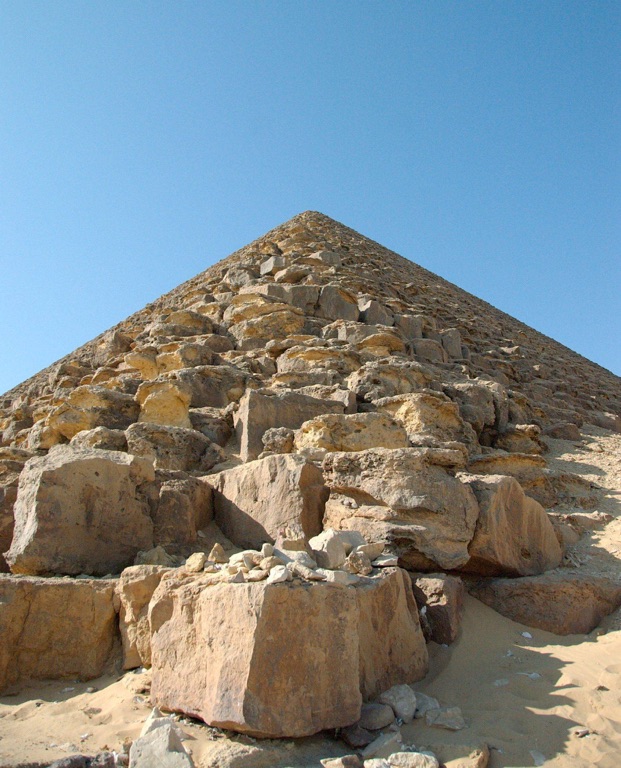
Red Pyramid, Dahshur
The Red Pyramid, also known as the North Pyramid, is the largest of the pyramids located at the Dahshur necropolis in Cairo, Egypt. Named for the rusty reddish hue of its red limestone stones, it is also the third largest Egyptian pyramid, after those of Khufu and Khafre at Giza. The Red Pyramid was the third pyramid built by Old Kingdom Pharaoh Sneferu, and is believed to be Egypt’s first successful attempt at constructing a true smooth-sided pyramid.
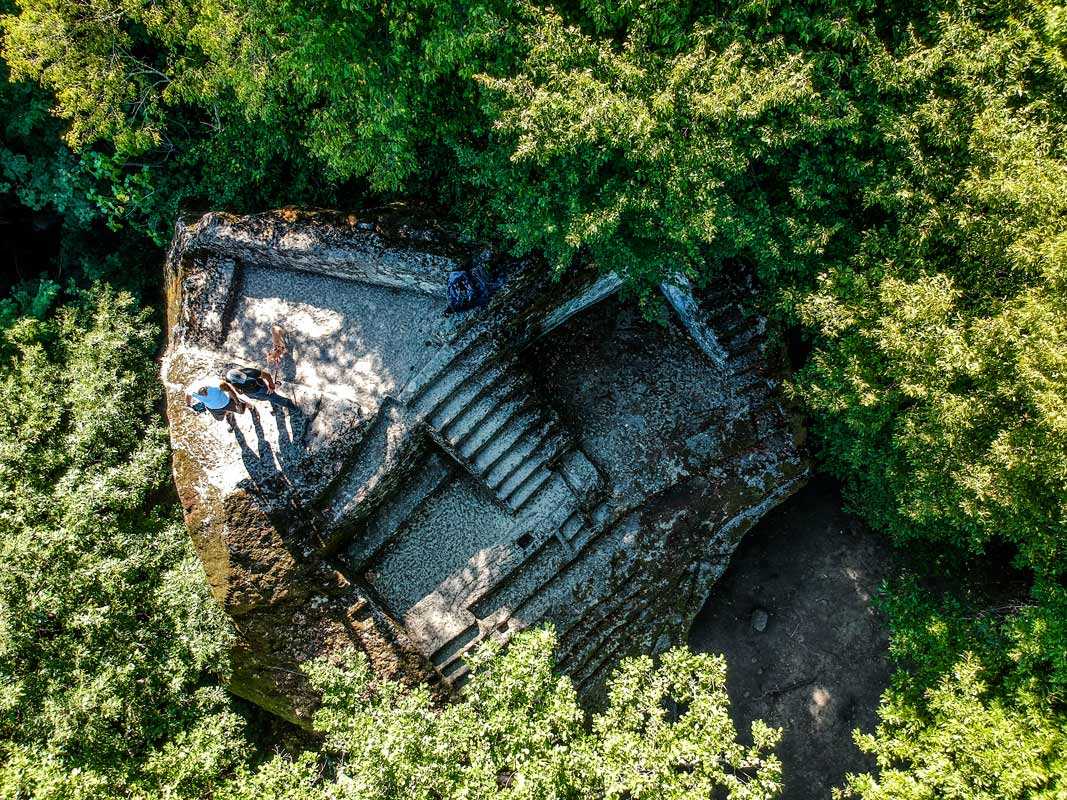
Etruscan Pyramid of Bomarzo
The Etruscan Pyramid of Bomarzo, also known as Sasso del Predicatore, is a fascinating historical site located in Italy. This ancient structure, carved out of a massive rock, dates back to the Etruscan civilization. Despite its name, it’s not a pyramid in the traditional sense. Instead, it’s a large, pyramid-shaped boulder with steps and altars carved into it. The purpose of this structure remains a mystery, sparking numerous theories and interpretations.

